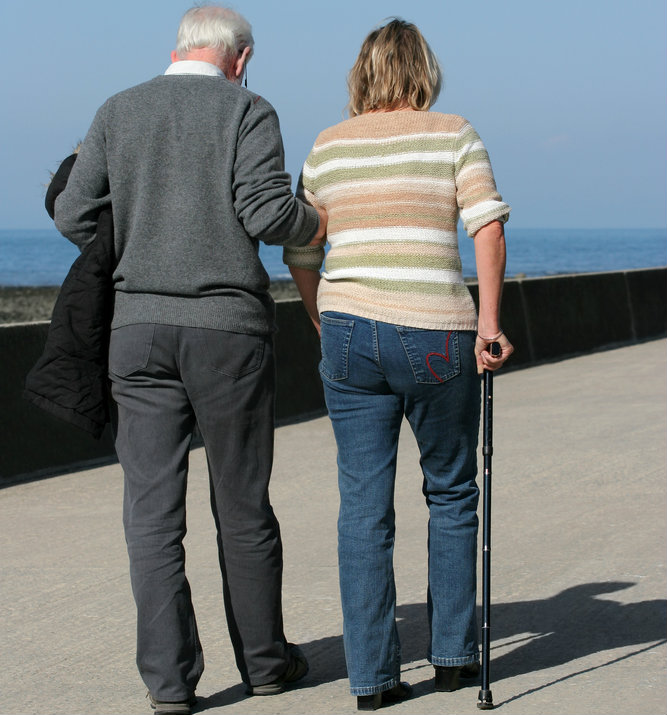It’s time for another update on how I’ve been doing with my Lemtrada journey. The headline is I’m doing well.
Lemtrada (alemtuzumab) is a disease-modifying therapy (DMT) delivered in two stages. The first stage entails a series of five daily infusions, while the second stage involves three daily infusions, given a year later. The medication has shown some success in slowing or halting MS disease progression in many, and has been seen to improve symptoms in some cases. Two rounds of infusions appear to be enough for most patients, though some need a third round.
First, knocked for a loop
Lemtrada seems to have been effective for me. But for most a Lemtrada journey also means a roller coaster ride of uncomfortable side effects, including severe fatigue, particularly in the months following the first round of infusions. About two months after the first round I was knocked for a loop.
“On several days it was very tough getting out of bed. Other days I felt good when I woke up, but then I took a dive in mid-afternoon and had to head back for a nap for a couple of hours. Many nights involved getting up for multiple ‘pee trips,’ which didn’t help my energy level. Add to this one middle of the night and one middle of the afternoon episode of fever and chills (which were handled with 800 mg of Ibuprofen) and it’s made for an uncomfortable ride. One day I finally listened to my body and spent the whole day in bed. It helped, but it didn’t stop the coaster.”
Was it the right choice?
Early on I questioned the wisdom of my Lemtrada treatments. But after about 4½ months, I began to feel sharper and better able to focus on tasks. My wife told me she thought I was walking a little better. I felt less stiff in the morning and I could subtly flex my left foot, which has foot drop. A year after the first round, my bowels became slightly more regular and my bladder control improved.
But a month later, I caught a cold. Colds typically last three to five days for me. This one hung on for about three weeks, and it increased my fatigue level. I heeded my neurologist’s advice to “listen to your body” and took a lot of naps.
My Lemtrada journey gets smoother
Over time, the dips in the roller coaster have become fewer and my neurological exams have been good. At 10 months after round two, my bladder control was so good that I was able to go on a bumpy, 90-minute bus ride through a Florida swamp with my family. That would have been impossible before my treatments.
At my most recent visit to my neurologist the 25-foot speed test confirmed that I’m continuing to walk a little faster. My brain MRI shows no changes (though it’s been unchanged for years), my balance with my eyes closed and arms outstretched is very good, and my hand-finger dexterity, measured with the nine-peg test, has improved for three exams in a row. The dips into unusually severe fatigue have ended, though I’m still more tired than a healthy person.
On the other hand, the spasticity in my left hip has increased and that hip’s range of motion has decreased. Trying to sit cross-legged is very painful. Is that an MS symptom that has worsened despite my Lemtrada treatments, or could it be arthritis?
So, I’m just beginning to try gabapentin, which my neuro thinks may ease both the spasticity and the pain. She’s also suggested trying CBD — yes, she’s a neurologist who is hip to nontraditional treatments — which I’m also going to do.
Overall, I think that Lemtrada was the right choice for me. But at 71 years old, I’m done with any more DMTs. Thanks, Lemtrada, for the help but my drip stops here.
(A version of this post first appeared as my column on the MS News Today website).



